
What are the differences between AVR and UPS; Both AVR and UPS are power supply systems that provide emergency assistance for electrical appliances. The basic difference between AVR and UPS is the level of protection they offer against mains power failure.
An AVR can be useful in applications, such as household appliances, heating and cooling systems, while a UPS is not necessary.
Both AVR and UPS are suitable for the average user because the difference between them is not obvious to the average user. AVRs may be suitable for installations, while UPS or UPS backup is suitable for demanding technologies, provided that static backup is required, it should be taken seriously.
To ensure that your investment yields the best possible AVR or UPS solution for your needs and to apply these solutions in the most effective way, you will need to work with a reliable partner experienced in power solutions. One that can assess your needs holistically, suggest and implement a comprehensive AVR solution analogous to your electrical and environmental requirements for a complete and reliable solution.
Learn more about Tescom's AVR and UPS
For any questions or queries you may contact Tescom Hellas specialists to assist you.



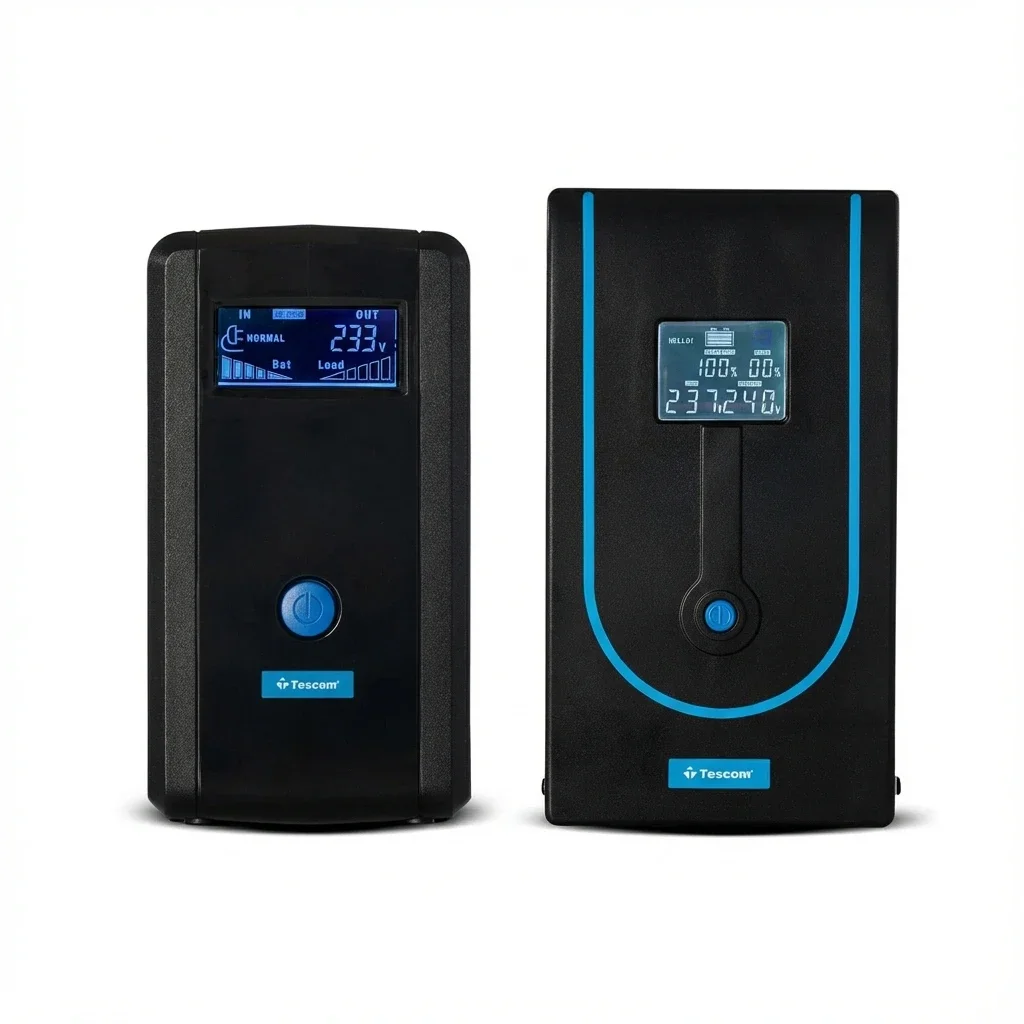 LEO LCD
LEO LCD

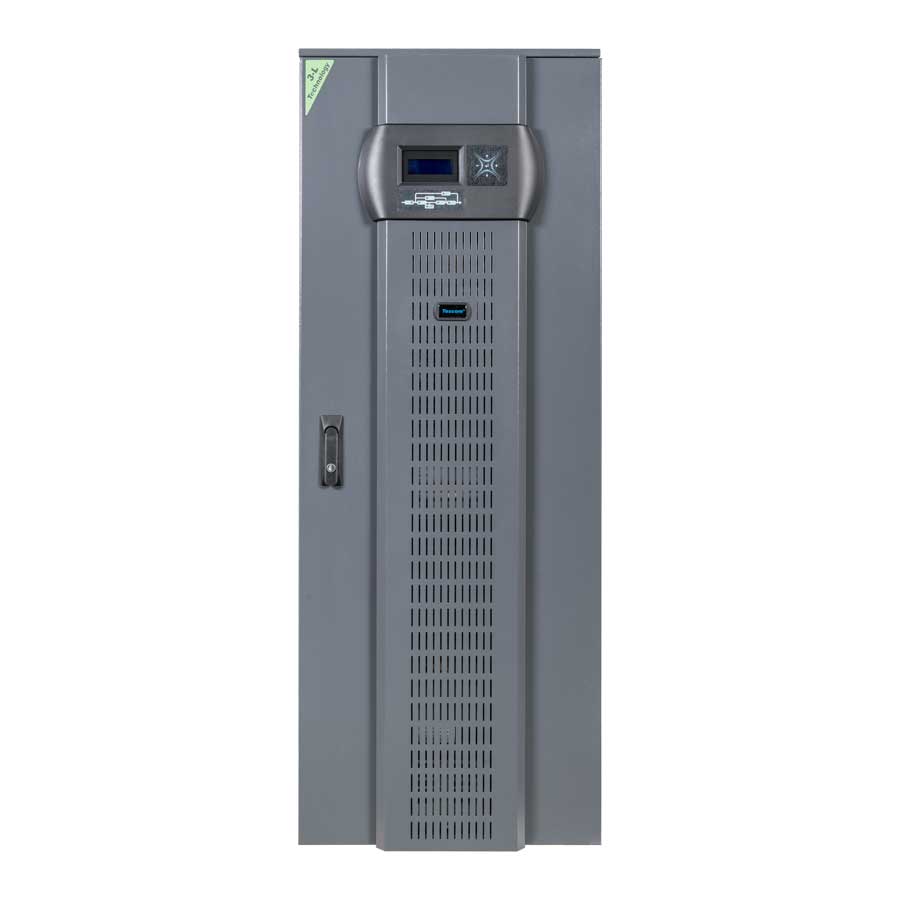 DS 300 H/HB
DS 300 H/HB
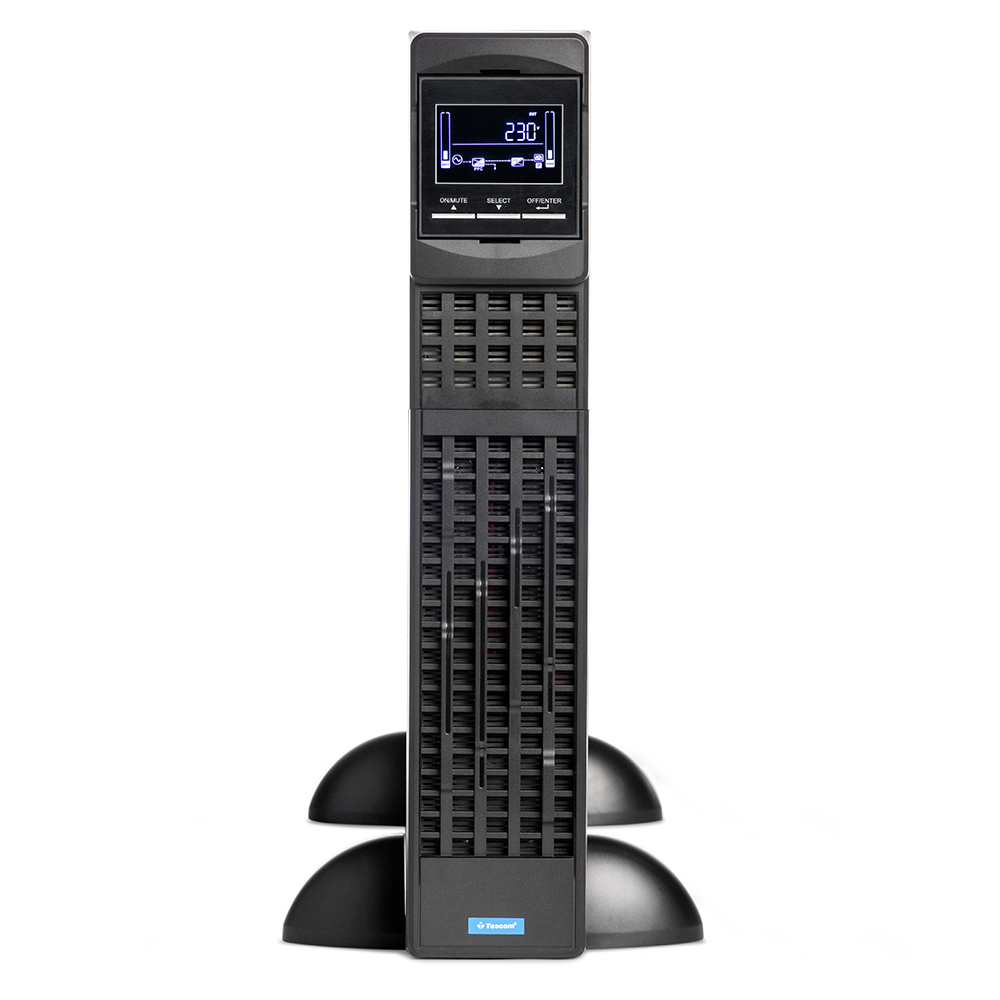 PRIME PLUS
PRIME PLUS
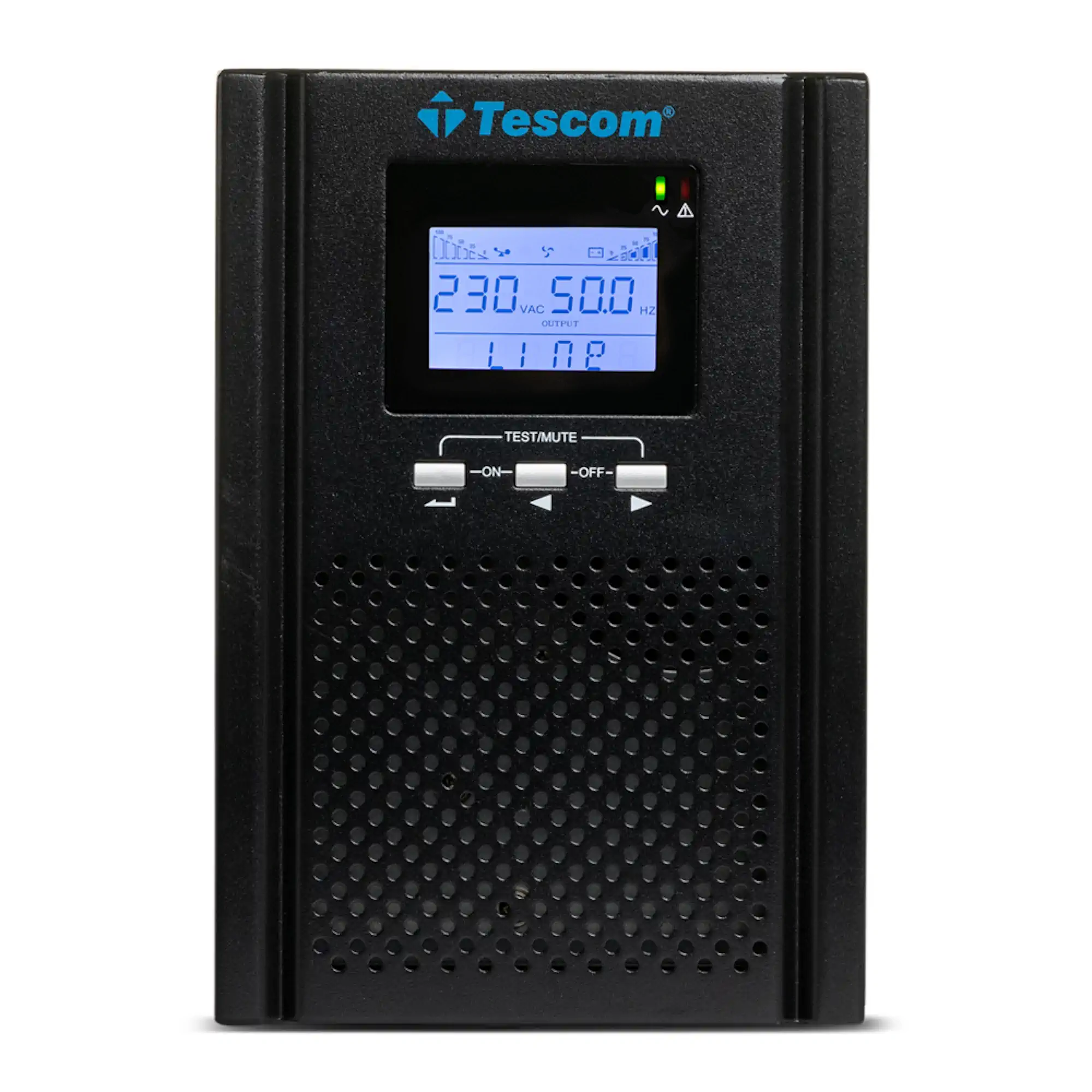 NEOLINE
NEOLINE
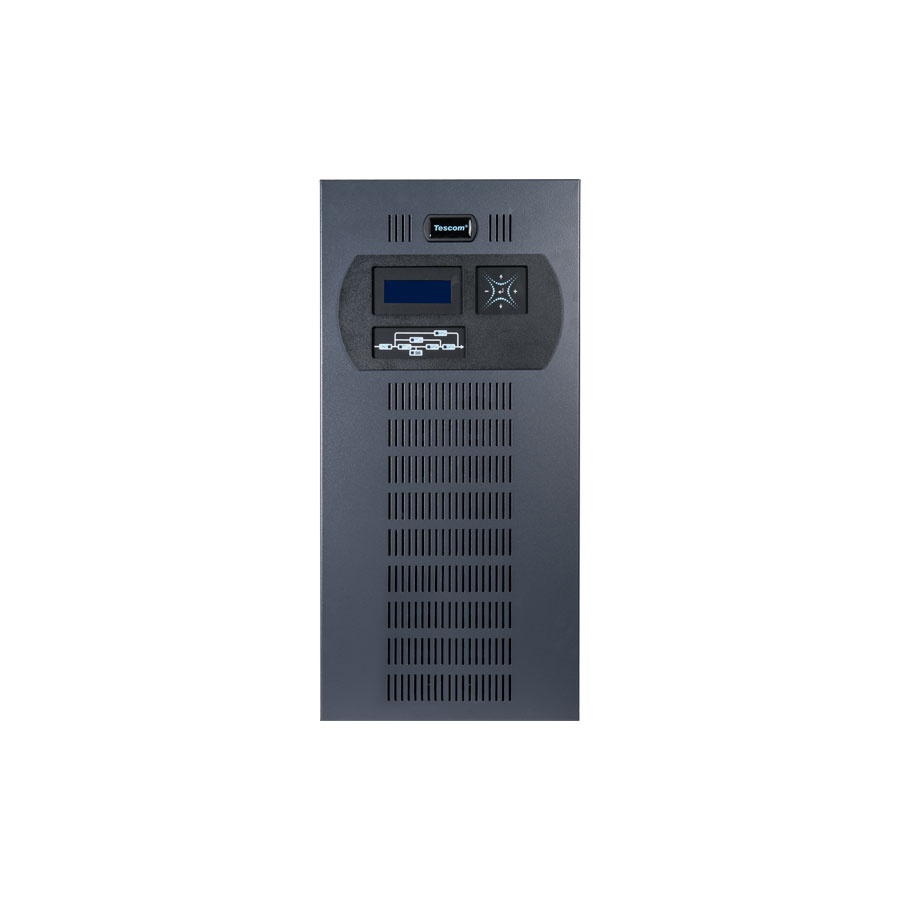 DS 300 SH/SHB
DS 300 SH/SHB
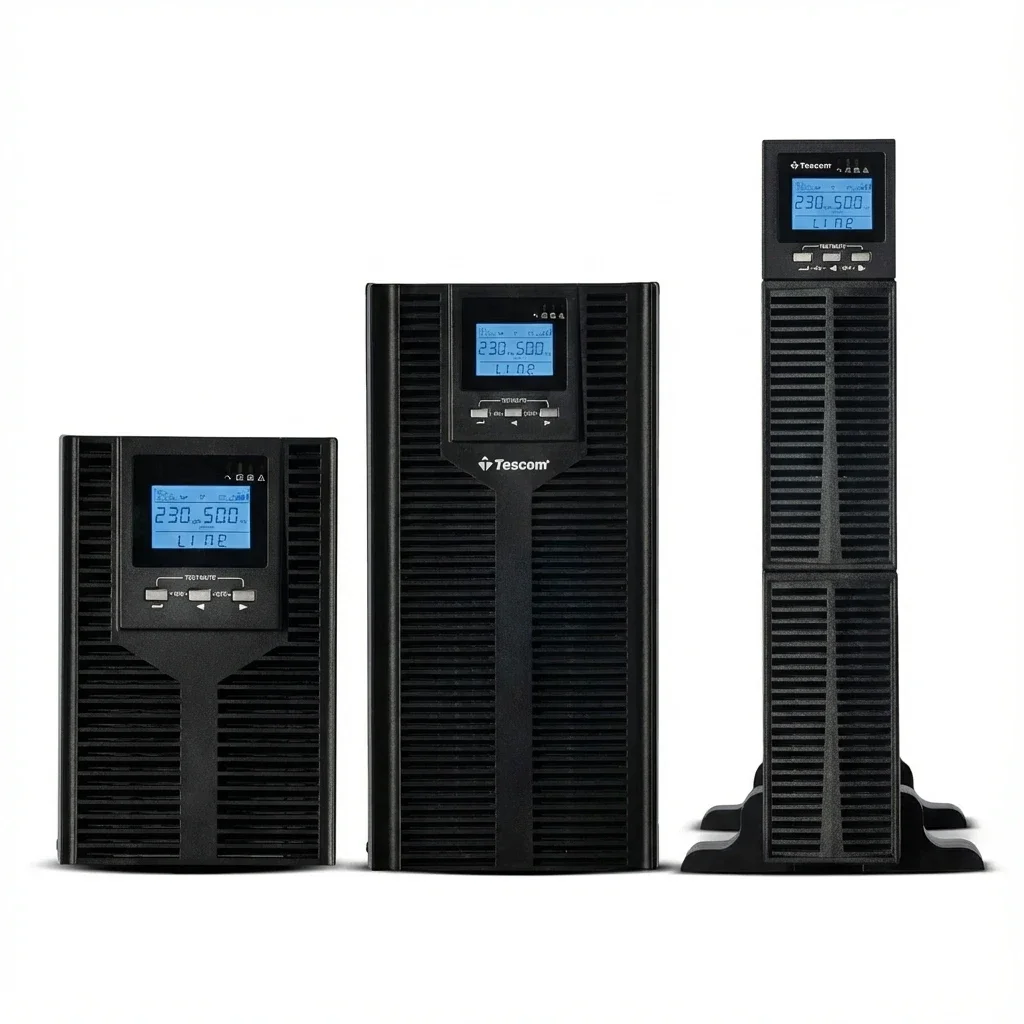 PRIME
PRIME
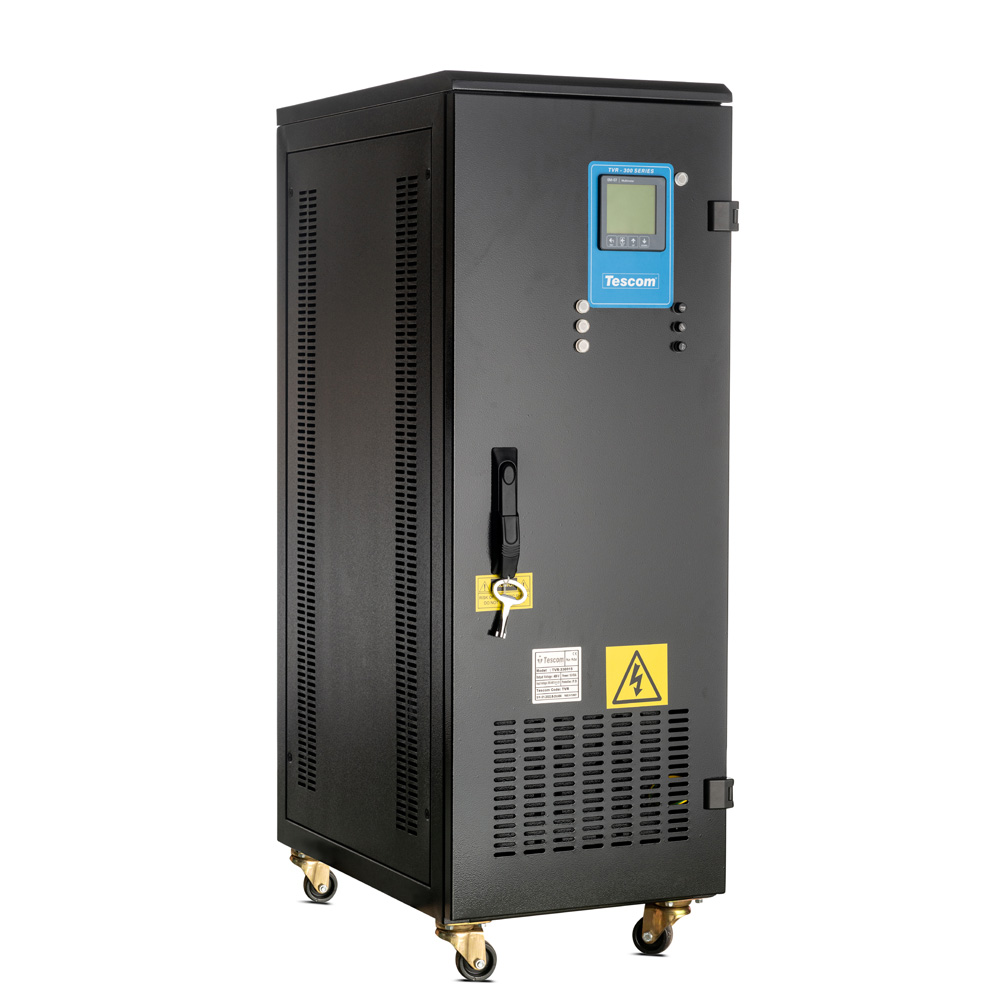 AVR 33
AVR 33
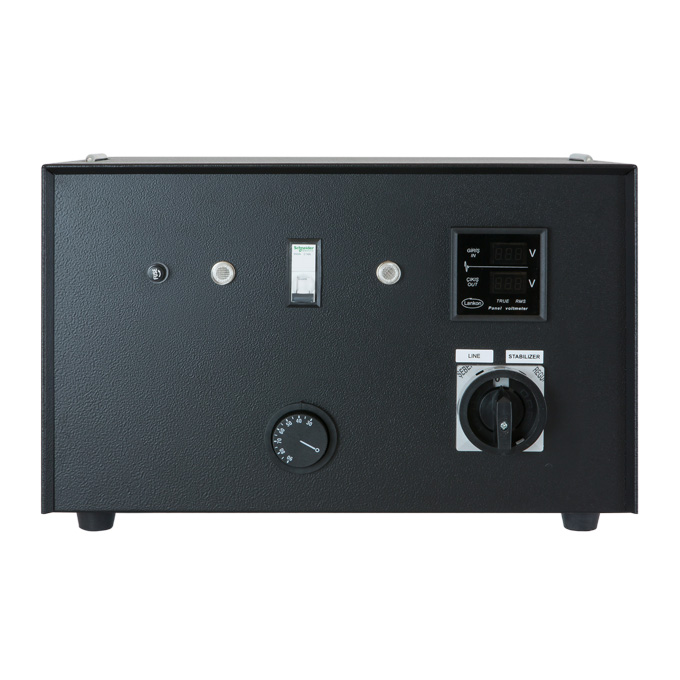 AVR 11
AVR 11
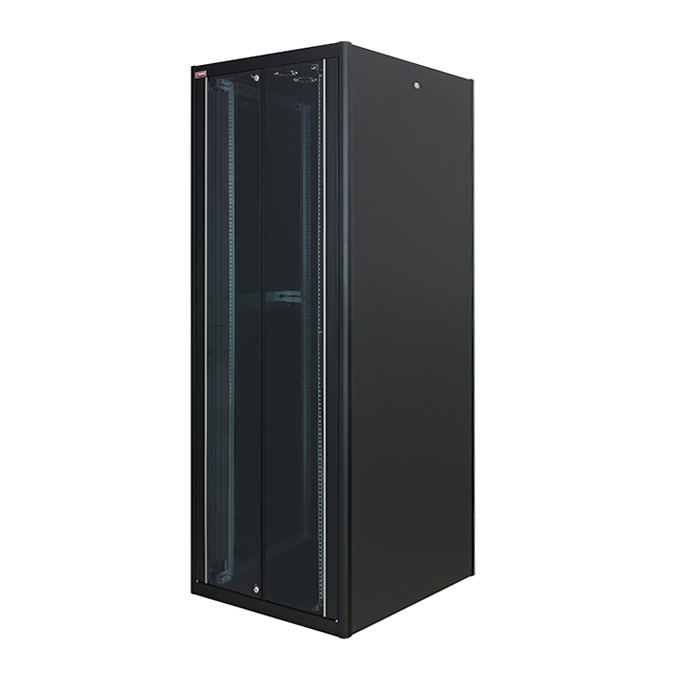 DYNAMIC BASIC
DYNAMIC BASIC
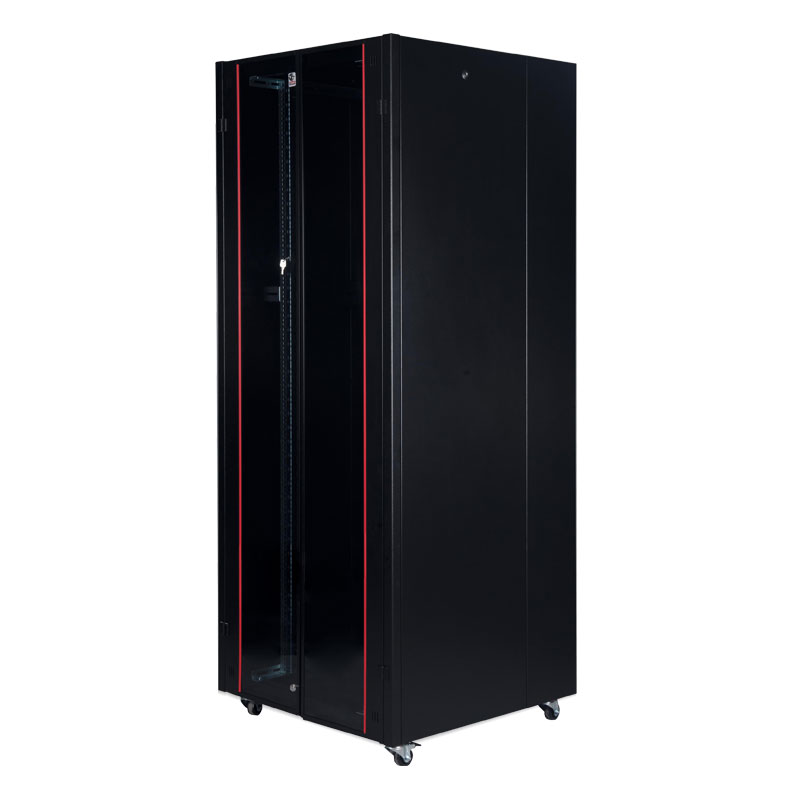 HYPERLINE
HYPERLINE
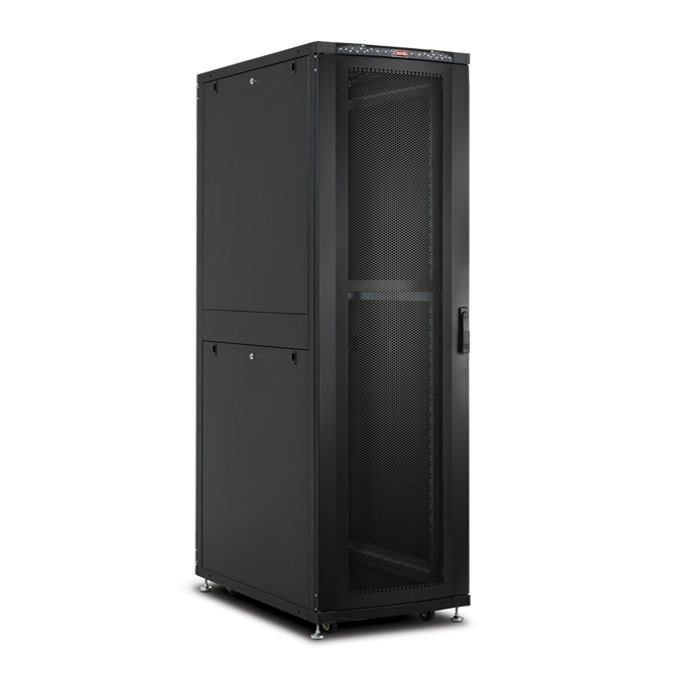 DYNAMAX
DYNAMAX

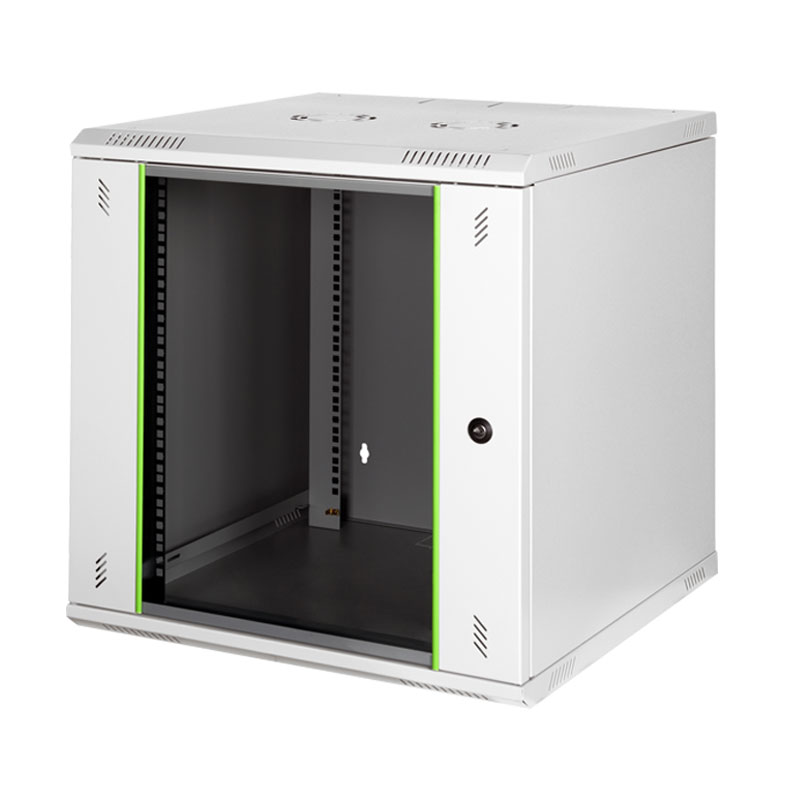 PROLINE B
PROLINE B
 SAFEBOX B IP55 / OUTDOOR
SAFEBOX B IP55 / OUTDOOR
 SAFEBOX B IP55 / INDOOR
SAFEBOX B IP55 / INDOOR
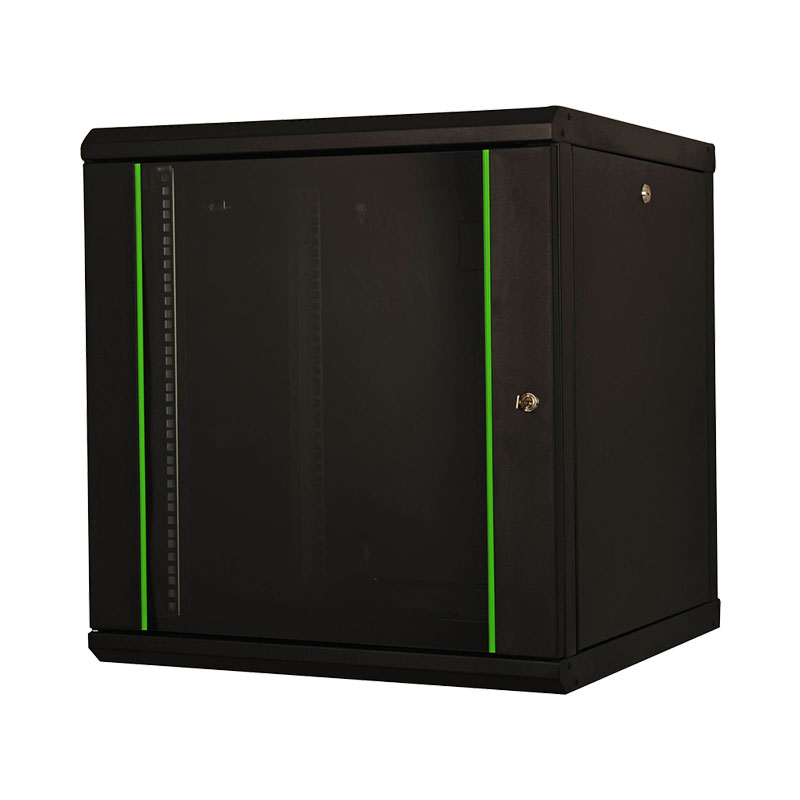 PROLINE
PROLINE
 LP
LP
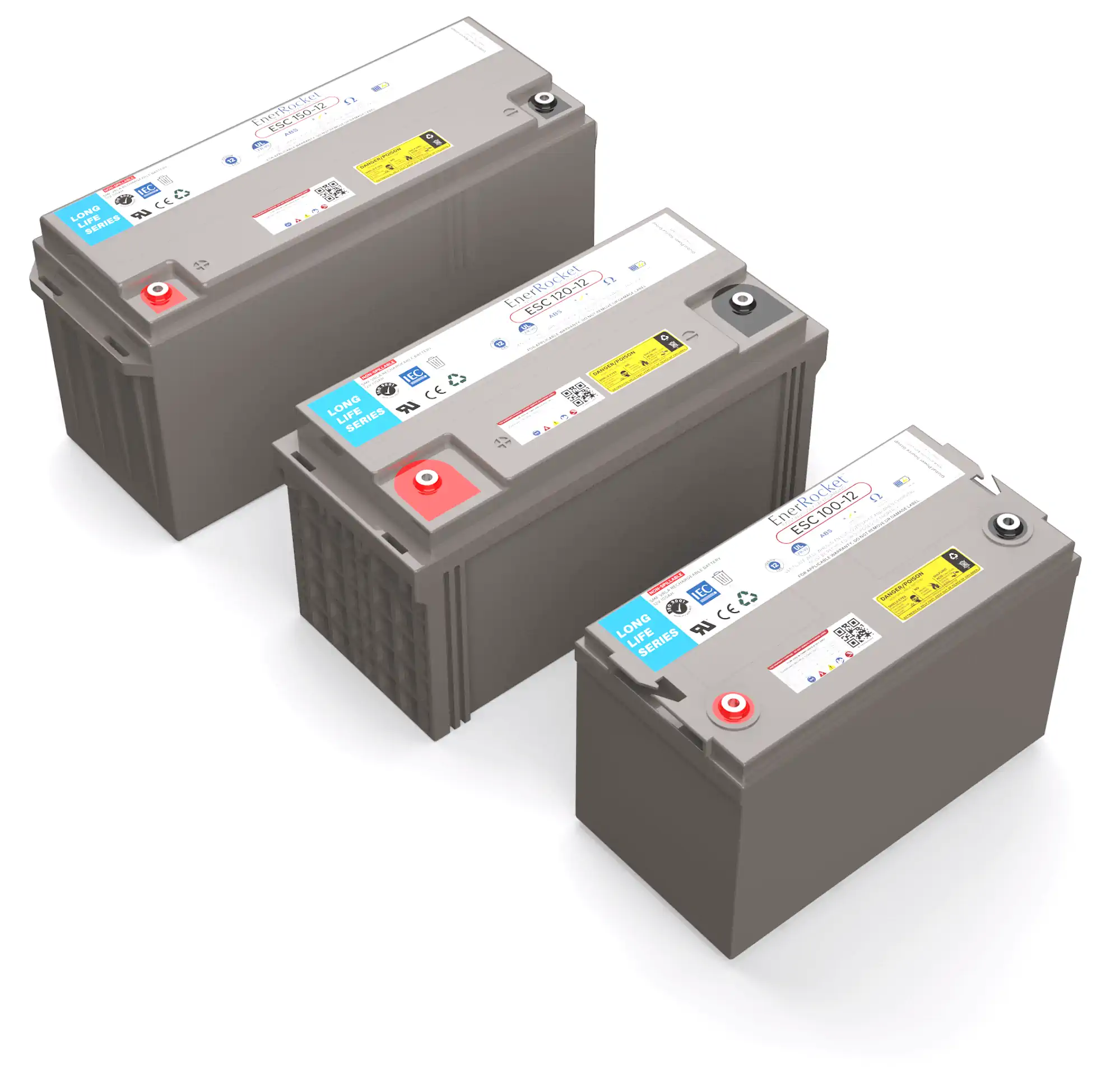 ES/ESC
ES/ESC
 Connection Symbols
Connection Symbols
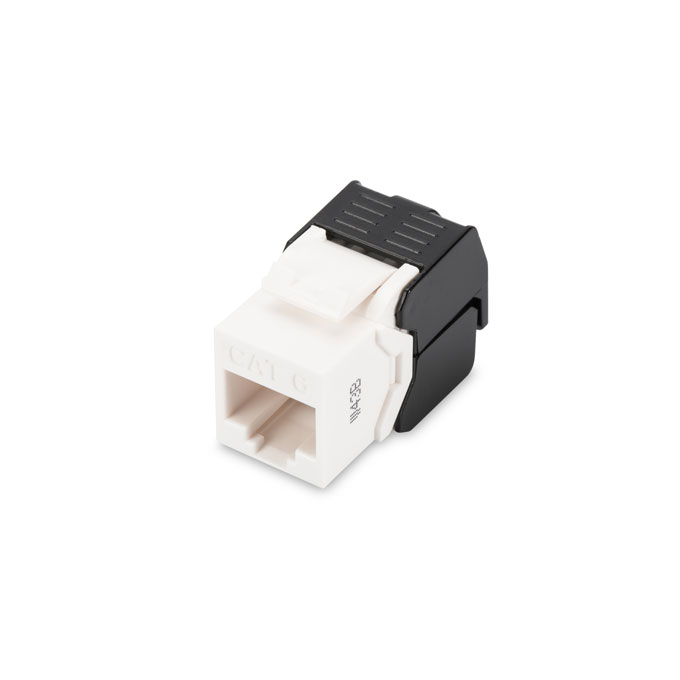 JACK KEYSTONE
JACK KEYSTONE
 PATCH CORD CAT6A
PATCH CORD CAT6A
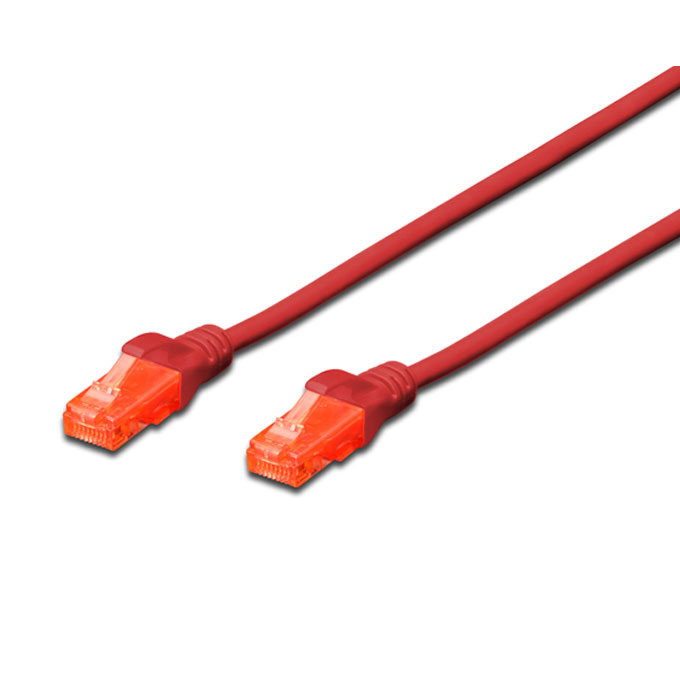 PATCH CORD CAT6
PATCH CORD CAT6
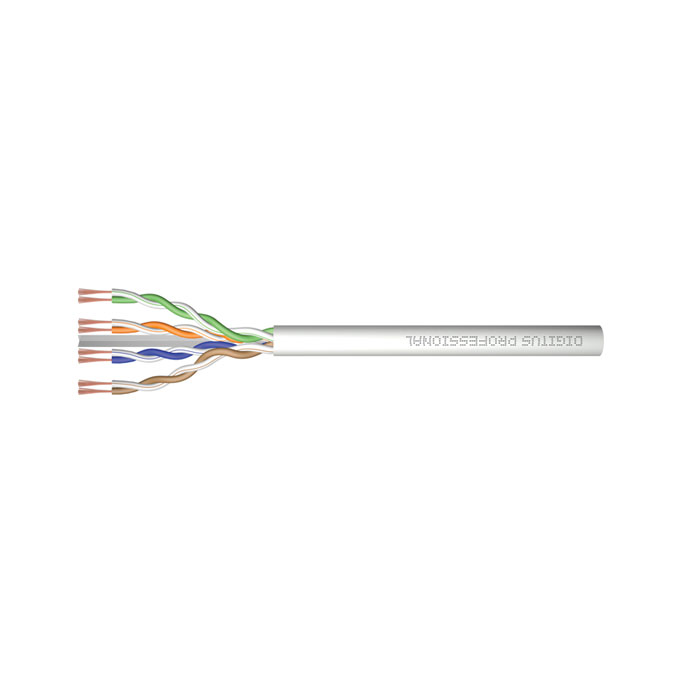 PATCH CABLE RAW
PATCH CABLE RAW
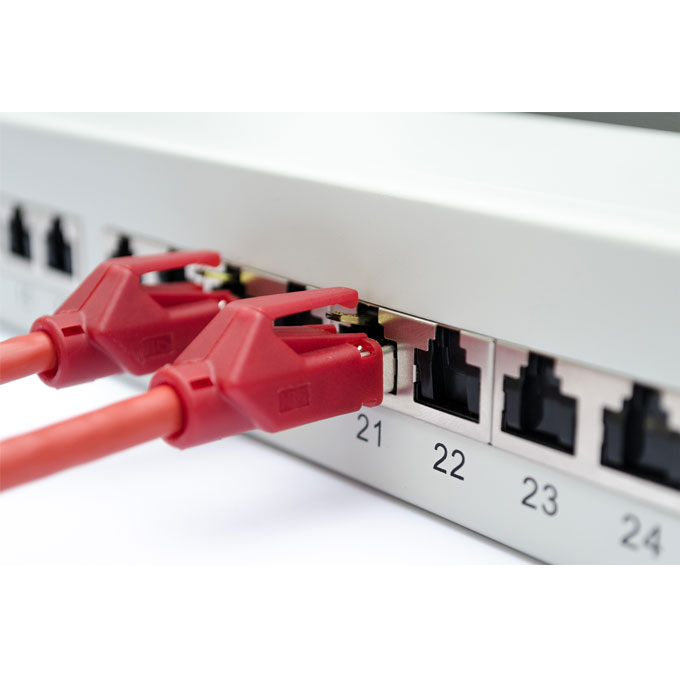 PATCH PANELS
PATCH PANELS
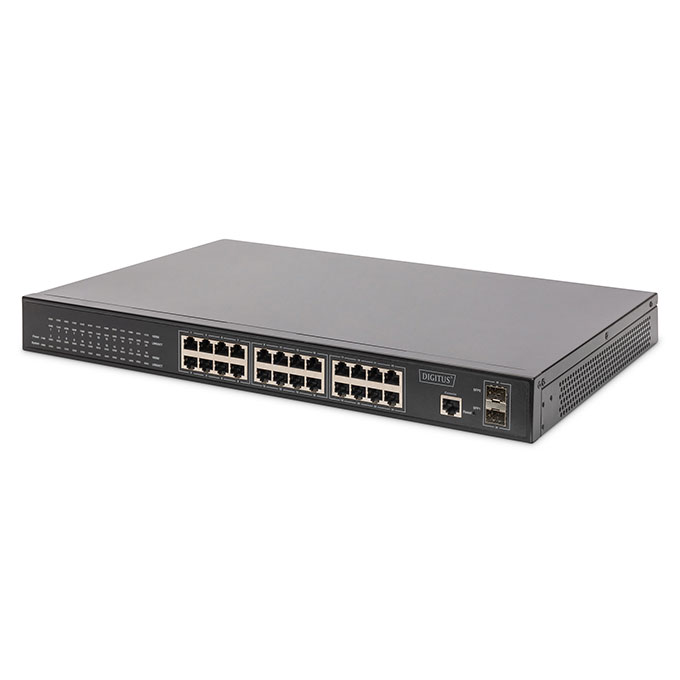 SWITCHES
SWITCHES
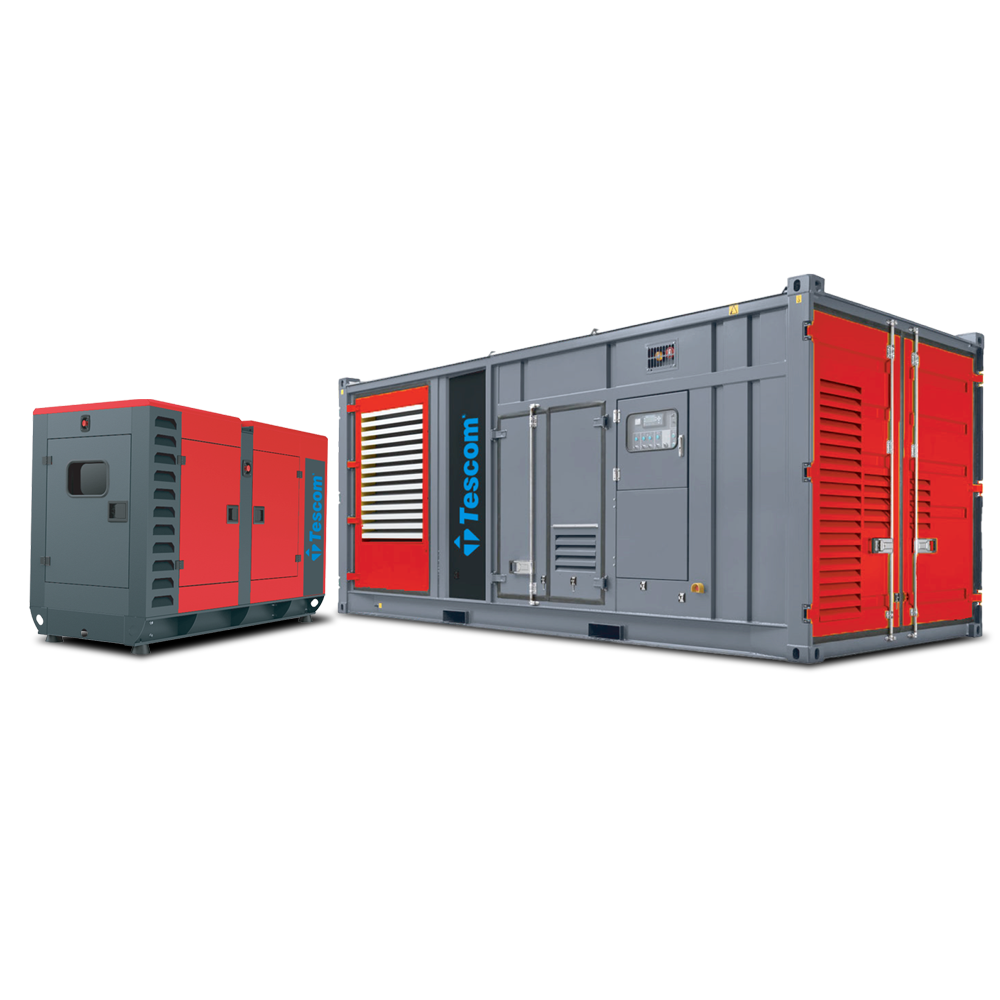 DIESEL / Baudouin
DIESEL / Baudouin
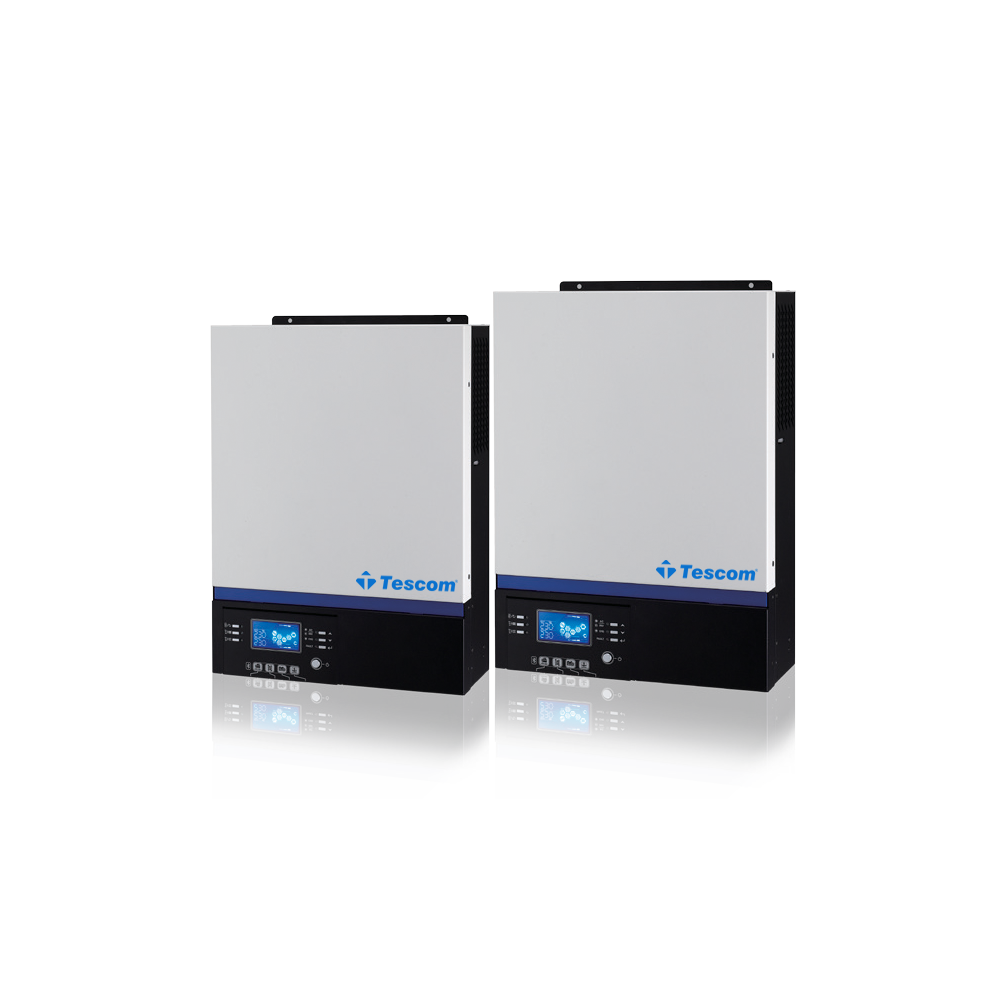 SINGLE PHASE
SINGLE PHASE
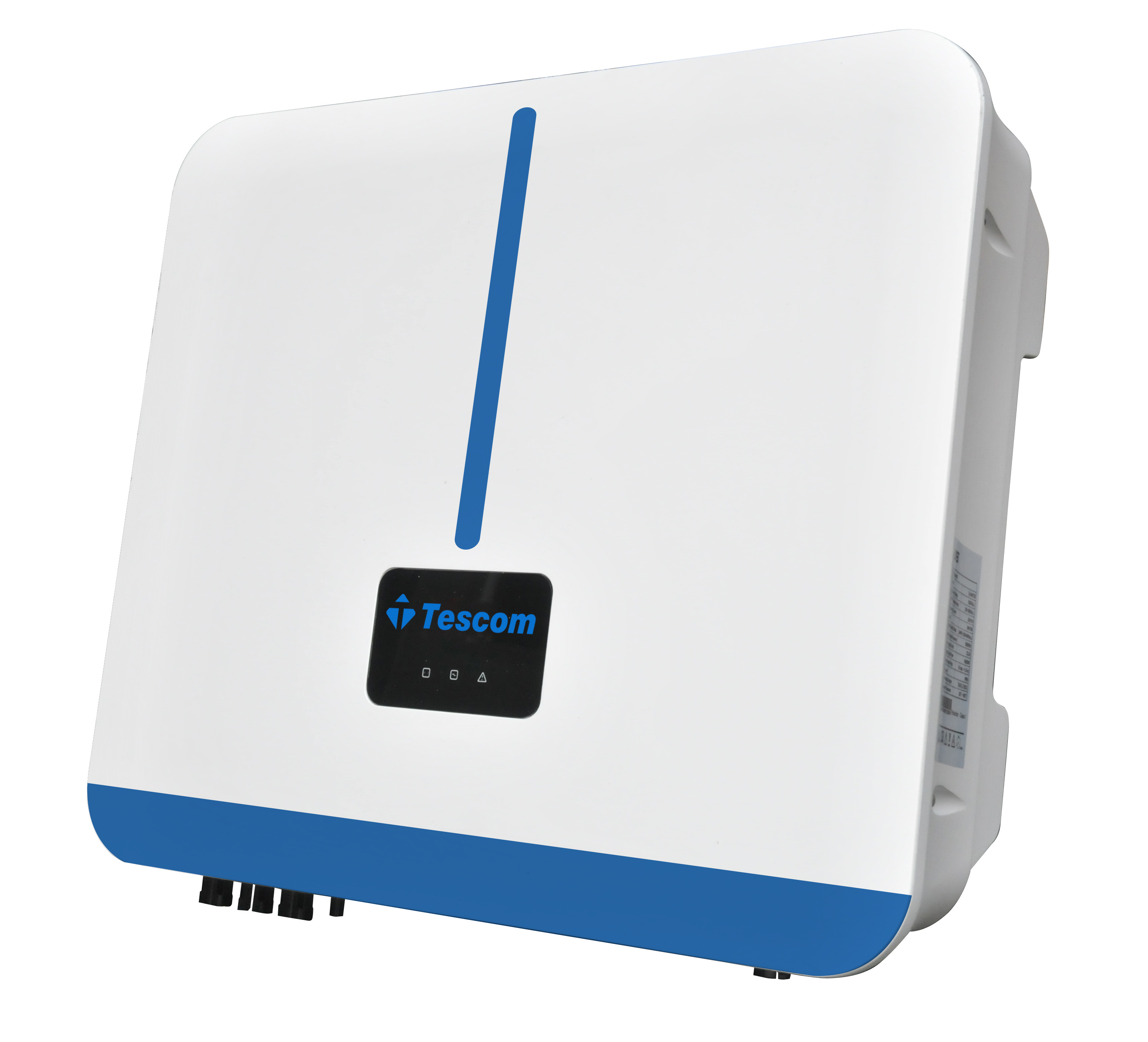 INVERTER 3phase
INVERTER 3phase
 INVERTER 1phase
INVERTER 1phase
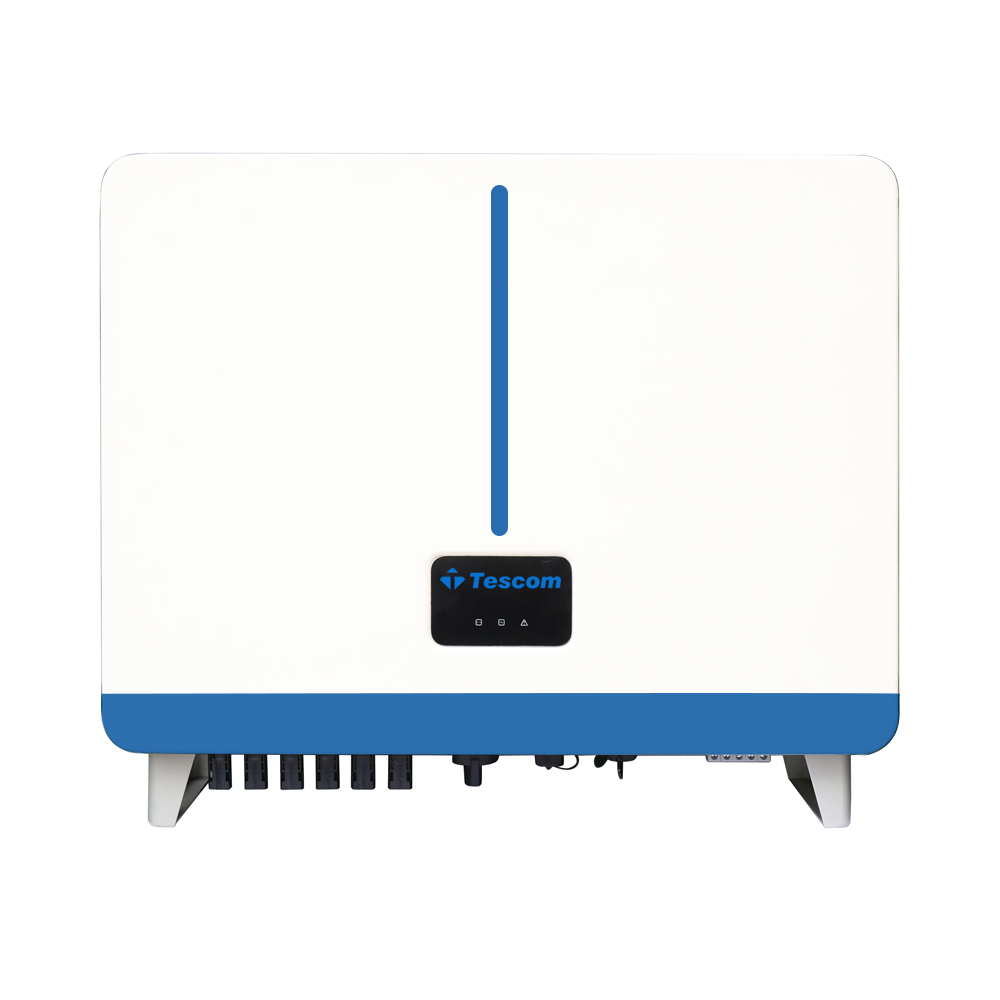 INVERTER Industrial
INVERTER Industrial
 EV CHARGER
EV CHARGER